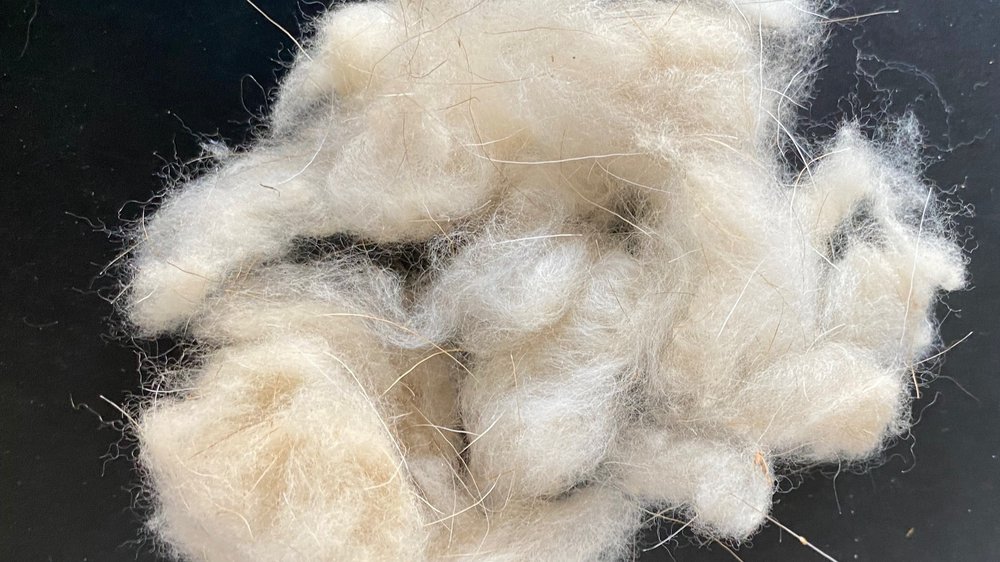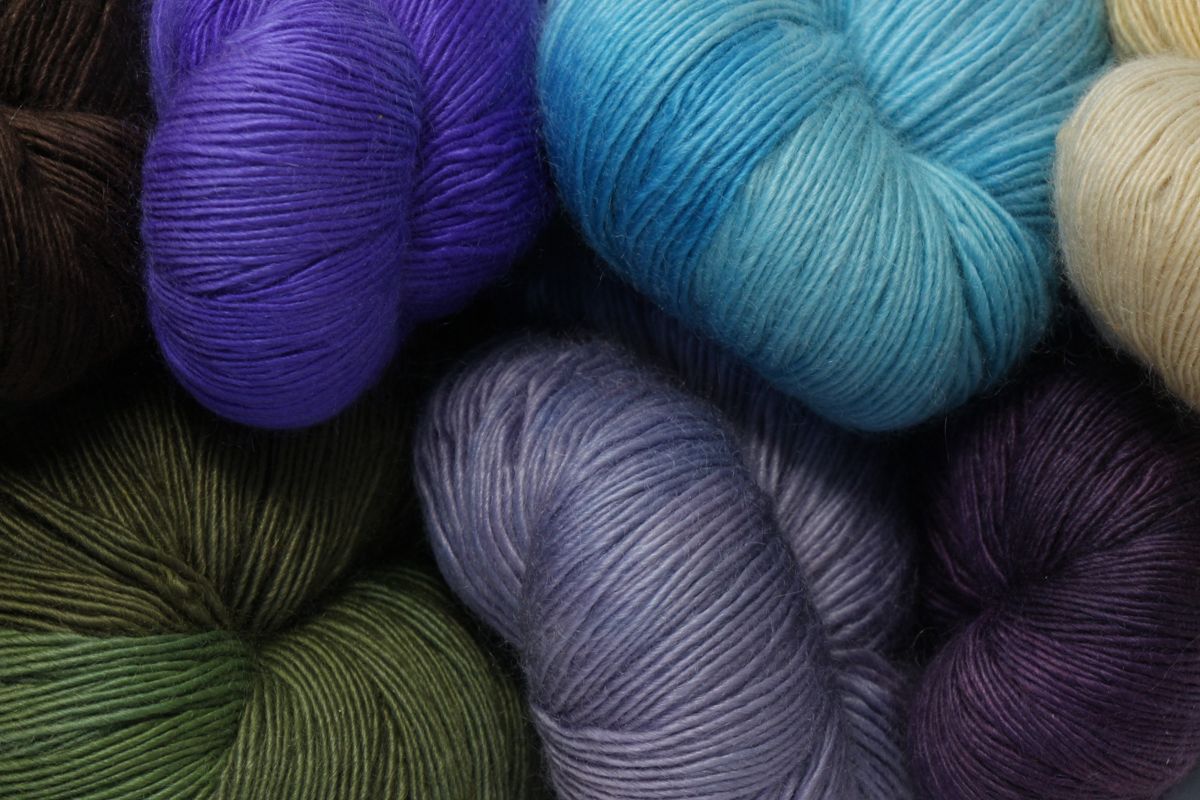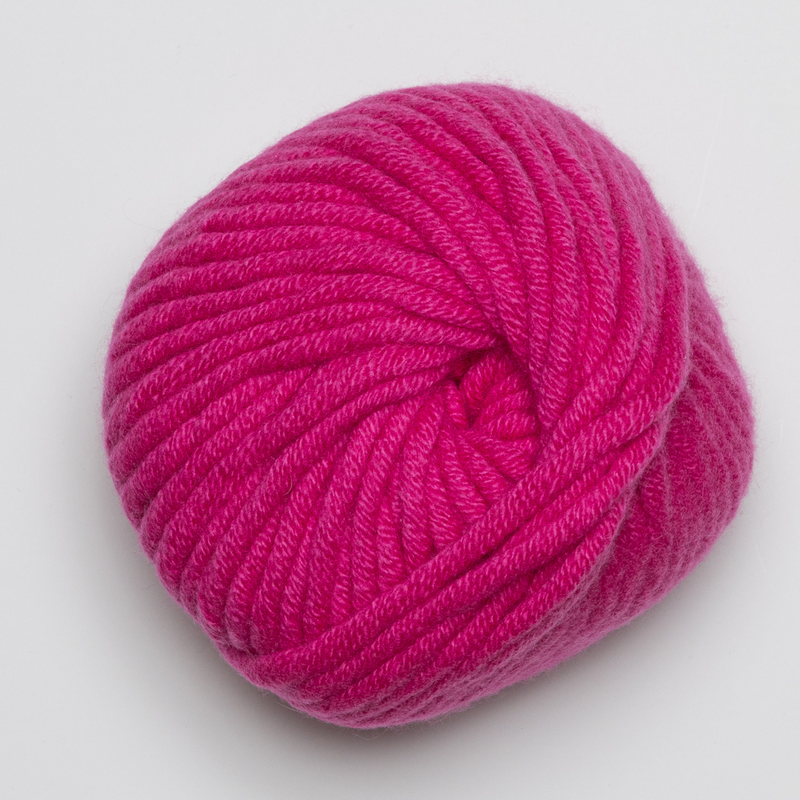Comprehending the Various Sorts Of Cashmere an All-natural Fiber and Their Special Benefits

The Beginnings of Cashmere: A Historical Overview
While the lavish touch of cashmere remains to appeal modern consumers, its beginnings map back to the harsh, chilly environments of Mongolia and the Himalayas. For centuries, the indigenous individuals of these areas have been increasing Capra Hircus goats, the prime resource of cashmere woollen. These goats, resilient versus the extreme winter seasons, expanded a fine undercoat to make it through, which later became known as cashmere. The name itself pays tribute to Kashmir, an area in India where the woollen was originally refined. Much of the early cashmere trade course was assisted in by the Silk Roadway, connecting Asia with the Middle East and Europe. Regardless of its international spread, the finest cashmere is still believed to stem from the initial areas of Mongolia and the Mountain Ranges.

The Production Process: From Goat to Garment
Shearing a Capra Hircus goat notes the creation of the intricate cashmere manufacturing process. This delicate treatment typically occurs as soon as a year throughout springtime. The penalty, soft undercoat is then separated from the coarser external hair, a process referred to as dehairing. The resultant raw cashmere is then cleaned to remove contaminations such as dirt, oil, and vegetable issue.
The clean fiber goes through coloring, rotating, and weaving, or knitting, to transform it right into a material. Complicated treatments like quality control checks and ending up procedures follow, ensuring completion product keeps the luxurious standard expected of cashmere. This painstaking procedure, from goat to garment, validates the high price affixed to cashmere items, making them a symbol of deluxe and improvement.
The Numerous Kinds of Cashmere: A Thorough Analysis

The One-of-a-kind Benefits of Cashmere: Comfort and Sustainability
Moving from the selection of cashmere kinds to the advantages they offer, comfort and sustainability stand out prominently. Cashmere, an all-natural fiber, is renowned for its unparalleled gentleness, providing a degree of convenience that artificial fibers can not match. The product's agility, yet outstanding warmth retention, makes it suitable for all periods. In addition, cashmere's all-natural flexibility permits it to go back to its initial form, making it immune to extending or reducing.
When it involves sustainability, cashmere is sustainable and naturally degradable, as it's harvested from cashmere goats who regrow their layers every year. what is cashmere. Unlike synthetic fibers which can take hundreds of years to decompose, cashmere's impact on the setting is marginal. This combination of comfort and sustainability makes cashmere a useful choice for aware customers

Caring for Your Cashmere: Upkeep and Conservation Tips
While cashmere is unquestionably a glamorous and lasting selection, it needs specific treatment to maintain its high quality and extend its life-span. To start, cashmere need to be hand cleaned using cool water and a mild cleaning agent. Prevent turning or wringing the garment as it can damage the fibers. Rather, delicately eject excess water and lay it flat on a towel to completely dry. Cashmere things ought this page to be saved in top article a completely dry and awesome location, away from straight sunlight and moisture. Making use of moth repellents can protect these garments from prospective damages. It's suggested to prevent hanging cashmere to prevent stretching. Rather, layer and shop them effectively to preserve their form and quality in time.
Buying Cashmere: Understanding Its Value and Worth
Although cashmere may at first look like a costly investment, its long-term worth and worth become evident when you consider its remarkable qualities. Known for its exceptional gentleness and warmth, cashmere is a costs all-natural fiber that outperforms other materials. Its high need and minimal supply add to its high price, yet its longevity guarantees it lasts for several years, supplying exceptional value for money. Cashmere items are ageless, frequently becoming antiques passed down through generations. what is cashmere. Moreover, its all-natural shielding properties supply warmth without the mass of artificial fibers. Purchasing cashmere, for that reason, is not nearly current style patterns, but concerning accepting a sustainable, durable, and elegant way of living.
Final Thought
In summary, the type of cashmere one selects, be it Mongolian, Chinese, or Italian, is dictated by individual choices for heat, budget plan, high-end, and sustainability. Understanding the beginnings, Extra resources manufacturing process, and special benefits of different kinds of cashmere can lead consumers in their financial investment in this lavish all-natural fiber.
Whether it's the outstanding warmth of Mongolian cashmere, the affordability of Chinese cashmere, or the eco-conscious manufacturing of Italian cashmere, there's a story to be discovered behind each fiber kind. Cashmere, a natural fiber, is renowned for its exceptional softness, giving a degree of comfort that artificial fibers can't match.When it comes to sustainability, cashmere is biodegradable and eco-friendly, as it's harvested from cashmere goats that regrow their coats each year. Understood for its unrivaled soft qualities and warmth, cashmere is a costs natural fiber that outperforms various other products. Understanding the beginnings, production procedure, and unique advantages of different kinds of cashmere can guide customers in their investment in this lavish natural fiber.
Comments on “Understanding the Distinct Qualities of cashmere fibre for Unmatched Comfort”